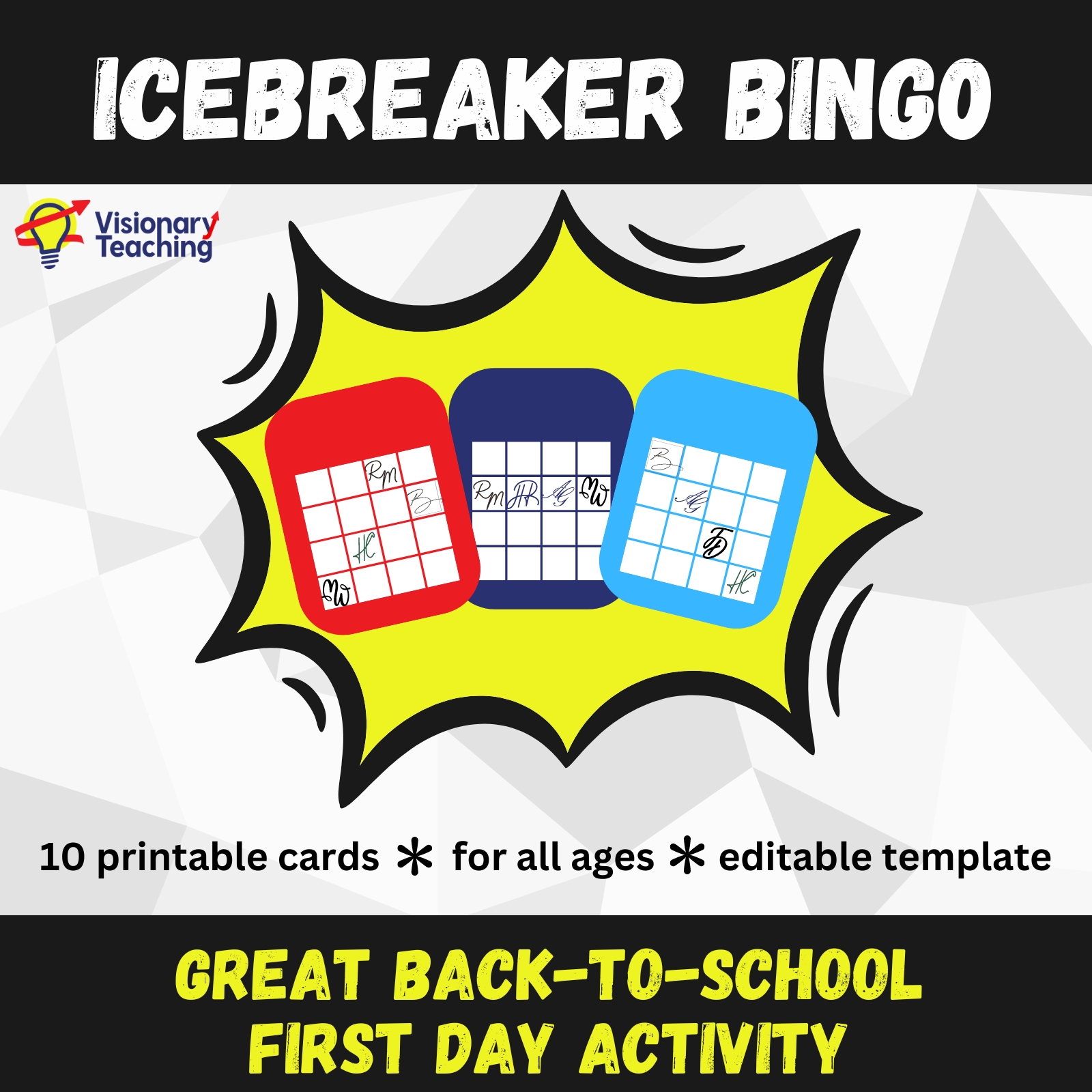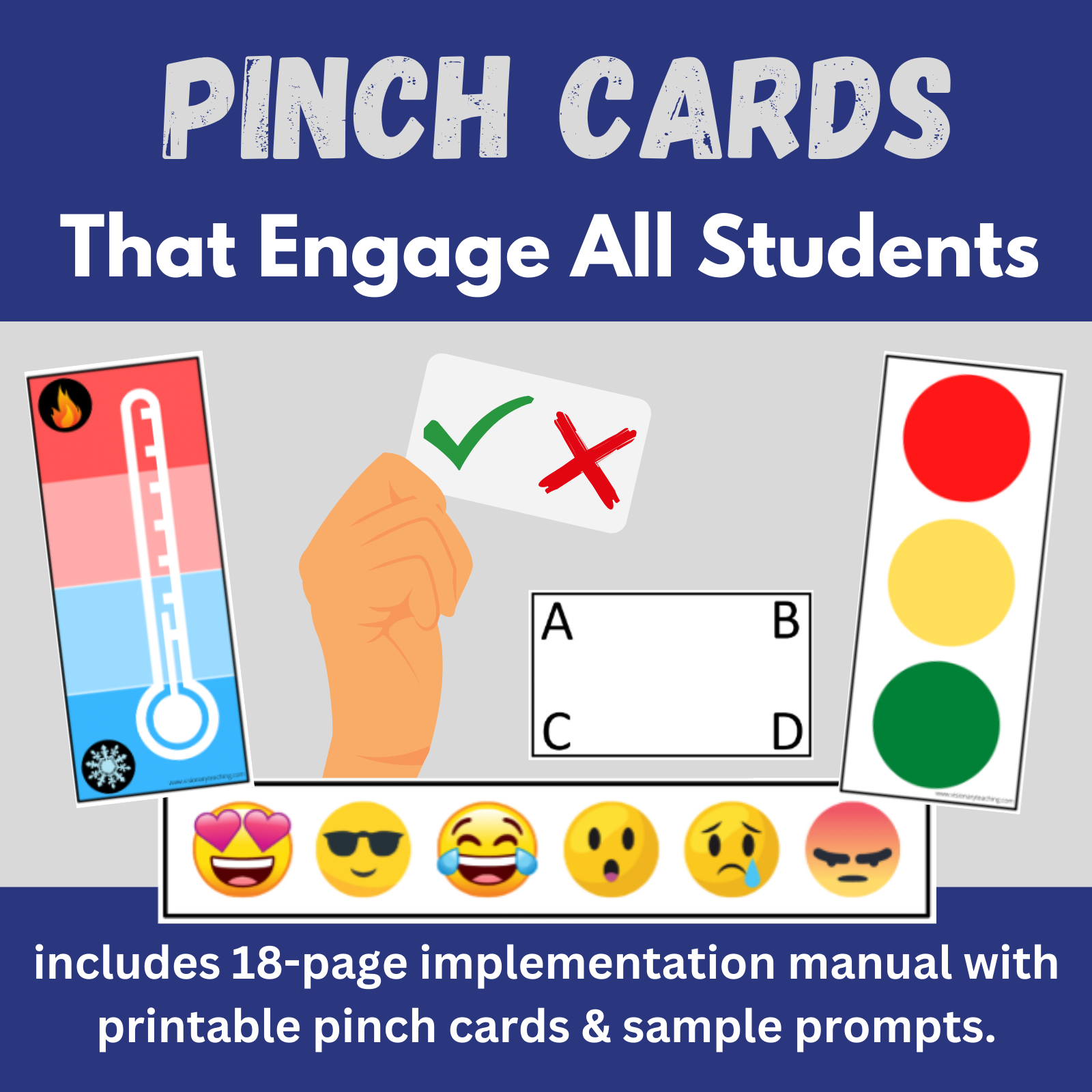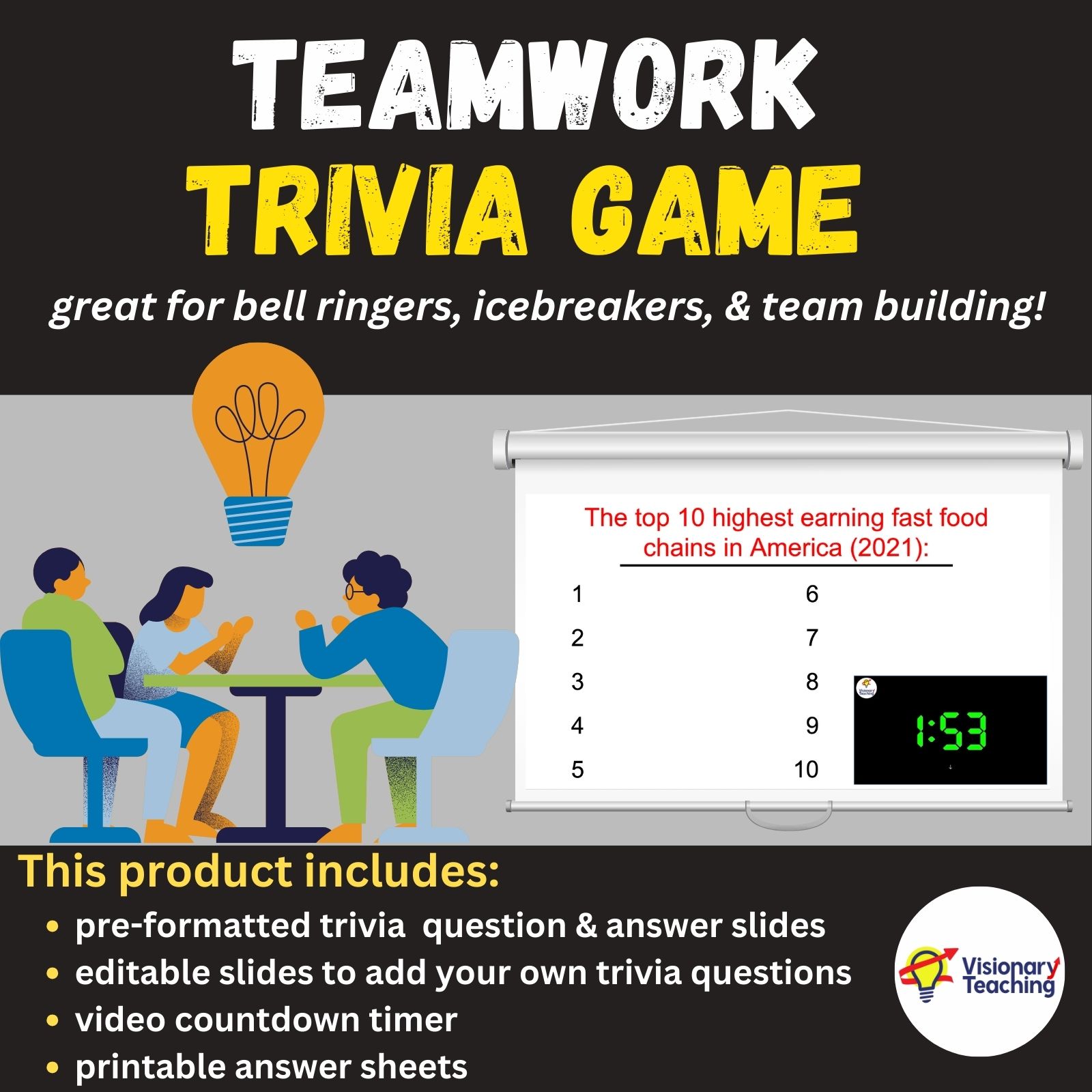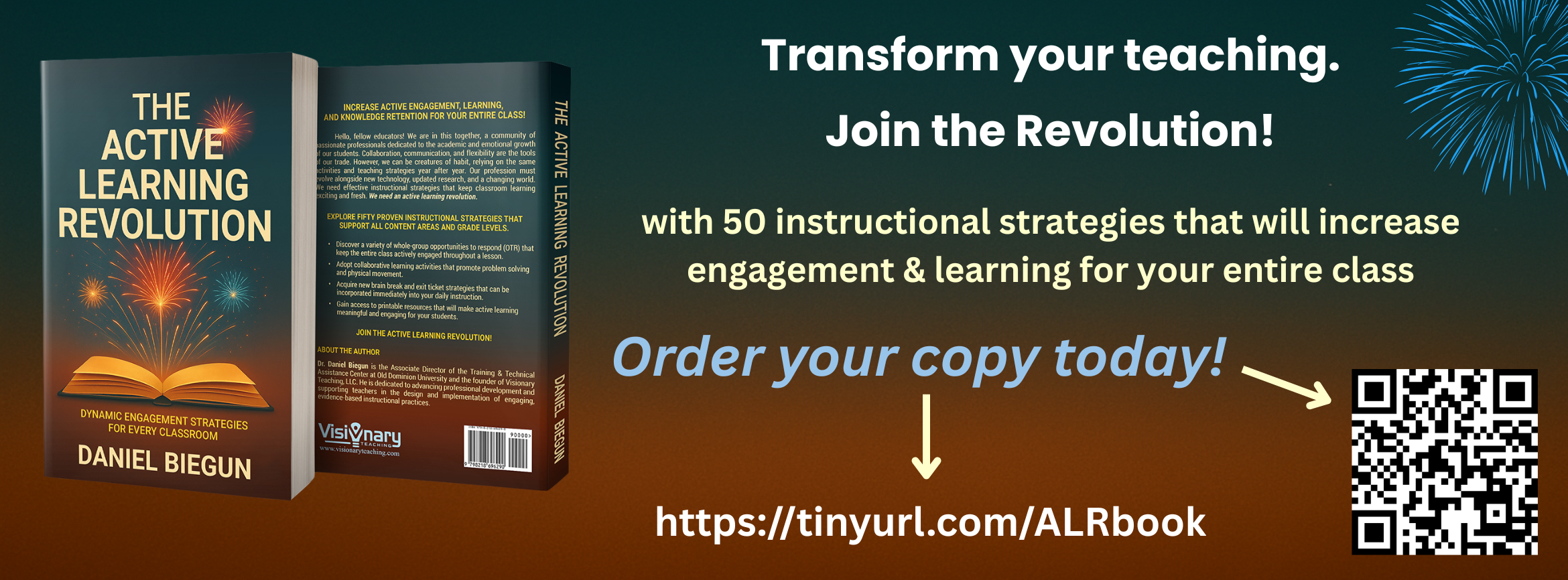
Universal Design for Learning (UDL) is a hot topic in education. Many UDL-related books, websites, and research articles are long on jargon and short on practical ideas that you can use with your students. This series will grow over time and offer activities and lesson ideas that you can use with learners of all ages, including adult audience.
I will begin with a brief overview of UDL- what it is, where it came from, and why it is important for educators to utilize. In the coming weeks, I will offer up some easy ways to incorporate universal design into your lesson planning and delivery.
Universal Design for Learning actually has its roots in architecture. Architects worked to design buildings that were accessible to people with disabilities. The emergence of UDL ensured that building design was not only improved for citizens with disabilities, but for everyone.
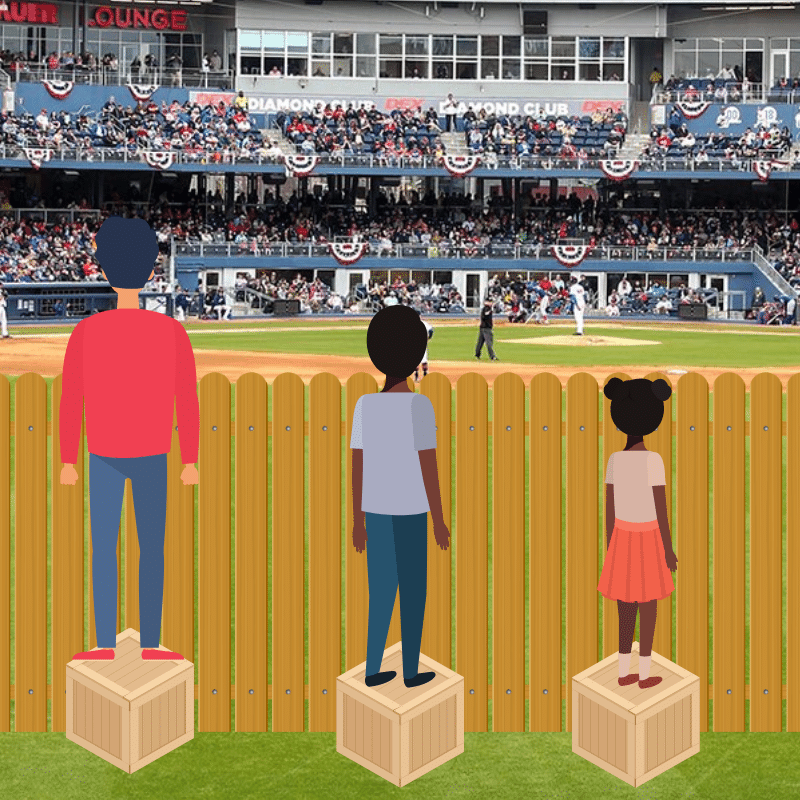
Equality
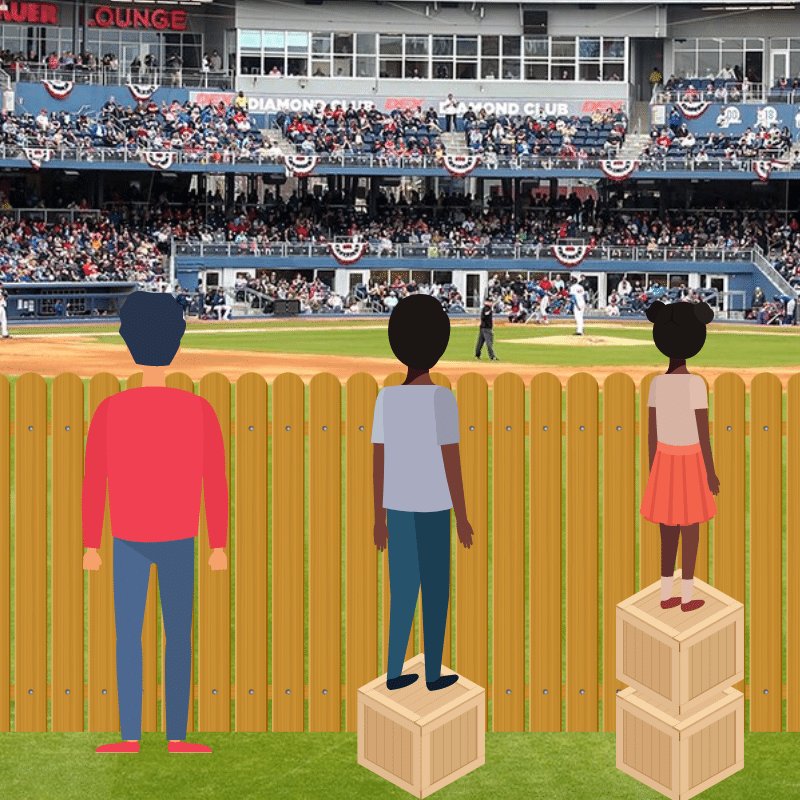
Equity
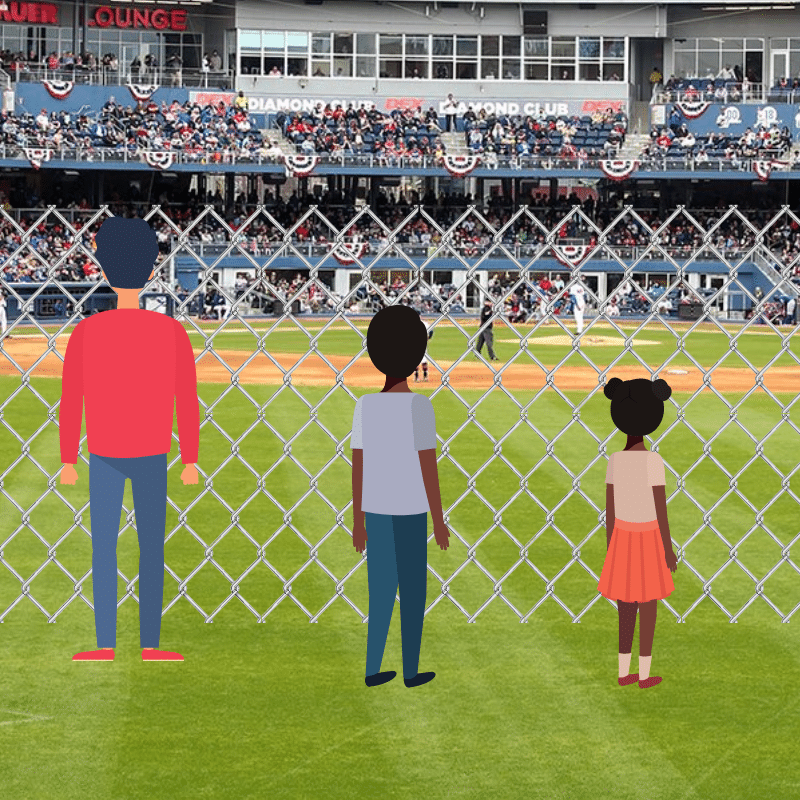
Universal Design
Equality
The first panel represents equality, meaning that everyone gets the exact same thing. In schools, all students would receive identical instruction and materials. Unfortunately, this doesn’t work in education. Each person received 1 crate. One of the people did not need the crate and another was still unable to see the game.
Equity
The middle panel represents equity, meaning that everyone gets what they need in order to have a fair chance at success. A common example of equity in public schools is special education. Some students receive additional or specialized instruction along with helpful accommodations in order to access the curriculum. In the cartoon, all 3 people can now see the baseball game. Equity is great, but there is an even better option.
Universal Design for Learning
The panel on the right represents Universal Design for Learning, which focusses on eliminating potential barriers ahead of time. In the first two panels, the wooden fence represents a barrier to the people being able to see the baseball game. In the third panel, we remove that barrier so that we no longer need the crates. This UDL series will focus on eliminating potential barriers so that all students have fair access to instruction.
I mentioned earlier that UDL has its roots in architecture. Let’s look at 2 examples:
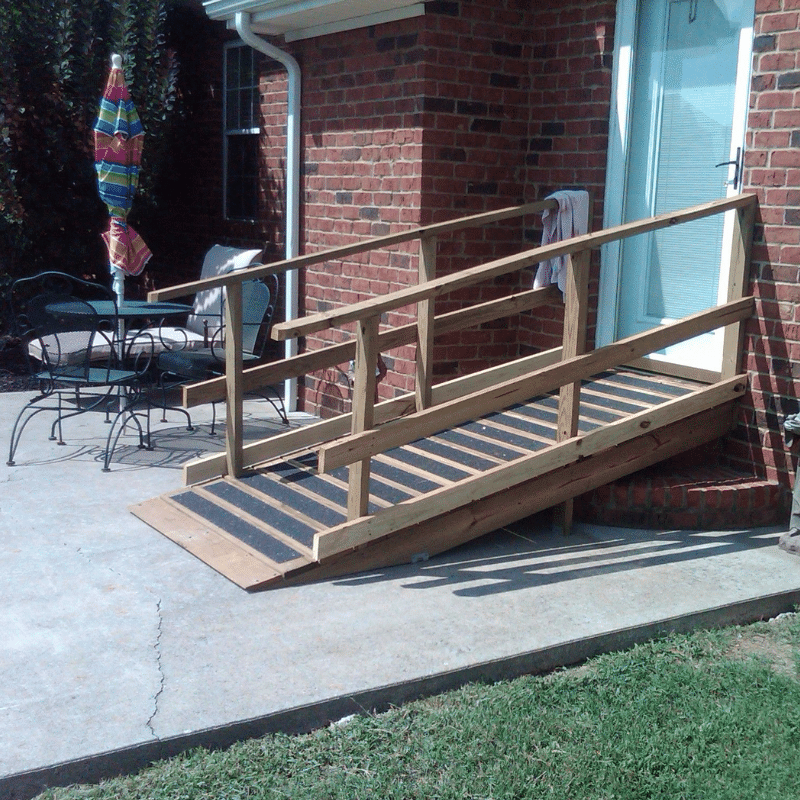
This picture depicts a wheelchair ramp attached to a house. This example represents an accommodation. It was likely built specifically for one person to access this particular home. There is also a good chance that the ramp was built after the person with a physical disability moved into the house.
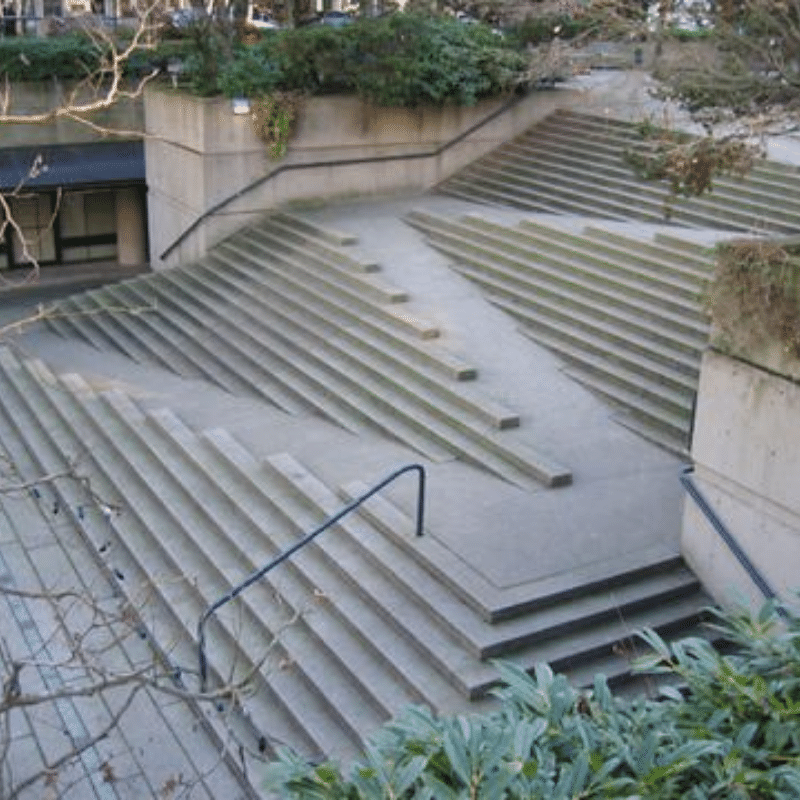
This photograph is a wonderful example of universal design. The combination of steps, ramps, and rails were built in advance to allow access to the greatest number of people. Citizens can choose how they wish to move up and down this area.
I will end this introduction to UDL with a cartoon that packs a powerful message. Perhaps you are familiar with this work. Even if you have never seen it before, the idea may be familiar to you.
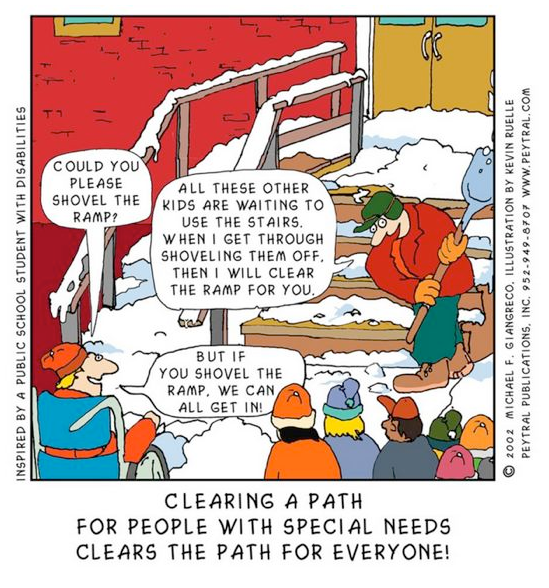
Most educators teach large and diverse group of young learners. Literally, every single student brings a unique blend of strengths, interests, personality, and experiences. When we embrace UDL and use it in our planning, we create instruction that is accessible to all students.
I hope that these examples have provided some great food for thought. In my next blog post, we will explore the 3 brain networks associated with UDL and how they impact instruction, assessment, and student engagement.
Happy teaching!


